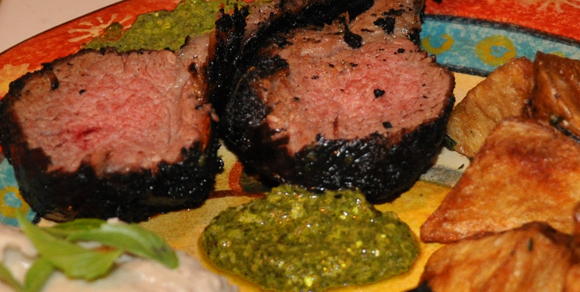April 8, 2023. Around the World in 80 Ways, eating very, very well all the Way. 80 recipes based on traditional healthy cuisines around the globe. From places and times that never heard of diabetes, overweight/obesity and cardiovascular disease epidemics. Different places, different times. Very different diets. But they all have two things in common: no highly processed foods and low daily glycemic loads.
And each one has its own customs and rituals for making each meal a Way to reinforce our connections to each other. And to the food we eat for nourishment and pleasure. For all of human history, meals have been the times and places for the most social act: sharing.
Whether it’s a special ritual like Easter dinner or Passover seder. Or the daily ritual of breakfast or dessert. When you share something you make yourself – not something you outsource to KFC – you make much more than a meal. You make a little cause for celebration. And then there’s the flip side: when we have something to celebrate, we usually do it with a meal.
Like lamb with mint pesto – not jelly. Or the luxurious chicken-fat eggs.
The World’s Greatest Hits
No deprivation diet here. Just a focus on better, low glycemic calories. Because all calories are not created equal. Nothing weird. Just the most loved meals around. The tasty, satisfying stuff. Bon voyage. Bon appétit.
With A Little Help From My Friends
Cook for someone. “Survival time may be enhanced by strong social networks… After controlling for a range of demographic, health, and lifestyle variables, greater networks with friends were protective against mortality…” Journal of Epidemiology and Community Health
“ … social integration [having a network of friends] delays memory loss among elderly Americans” (American Journal of Public Health)
“Among breast cancer survivors, women who were the most socially isolated were significantly more likely to die from any cause than were women who were most socially integrated.” (Journal of Clinical Oncology)
Slow Down
Take small bites, chew slowly; you’ll eat less: “Greater oral sensory exposure to a product, by eating with small bite sizes … and increasing OPT [oral processing time], significantly decreases food intake” (American Journal of Clinical Nutrition)



